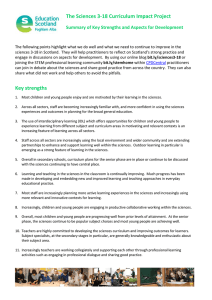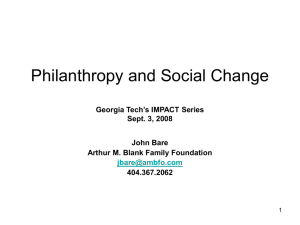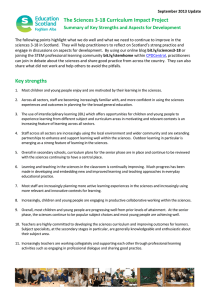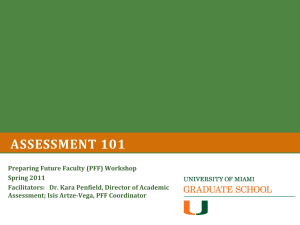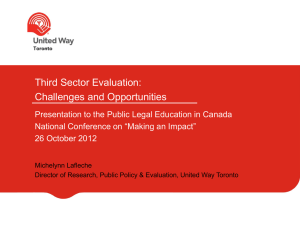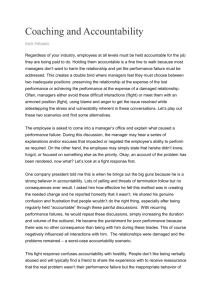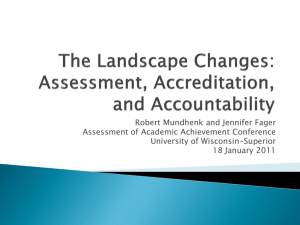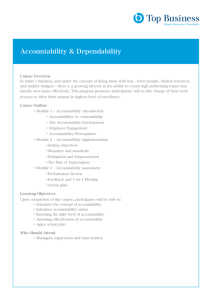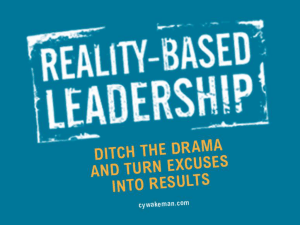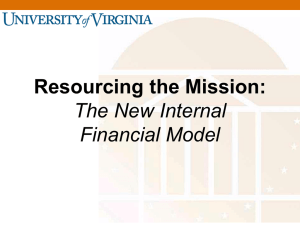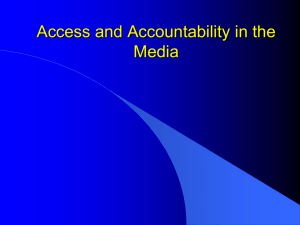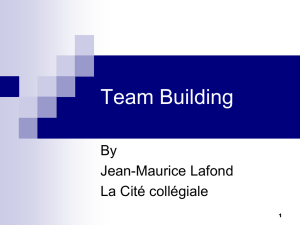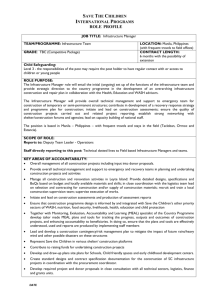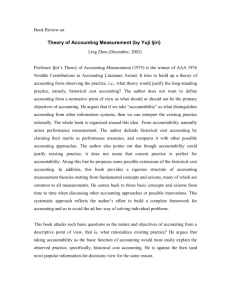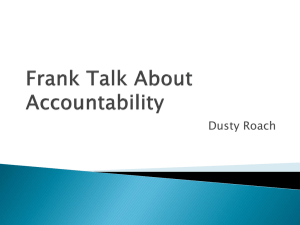Future Trends in Education
advertisement
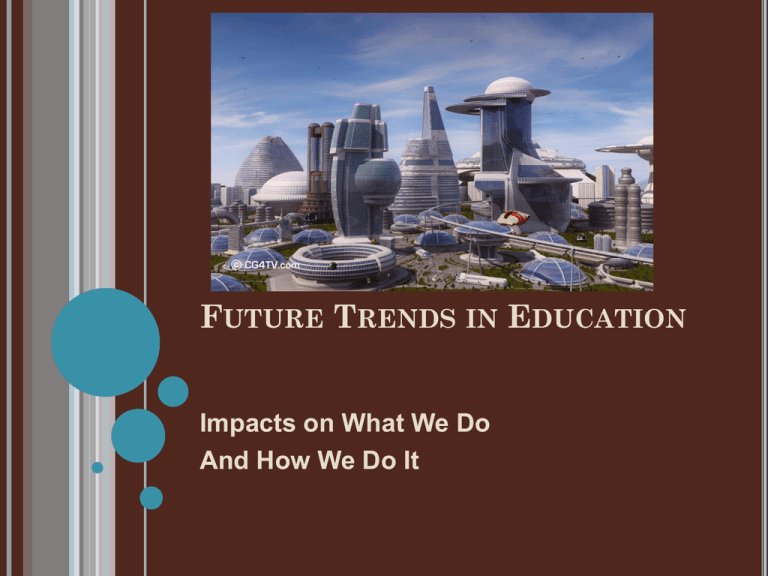
FUTURE TRENDS IN EDUCATION Impacts on What We Do And How We Do It HOW HAS PUBLIC EDUCATION CHANGED IN THE LAST 100 YEARS? 1914-2014 HAVE THESE CHANGED IN THE LAST 100 YEARS? Textbooks? Communicating information to parents? Written communication by students? Times schools are open/closed? School schedules? The role of the teacher? The role of the administrator? LONG TERM TRENDS Increasing dominance of technology in the economy and society Expanding education throughout society, throughout lifetimes Declining middle class; a widening gap between the "haves" and "have-nots" Increasing metropolitanization/suburbanization Growth of service-sector employment Rise of knowledge industries and knowledgedependent society Increase in corporate conglomerates and mergers LONG TERM TRENDS (CONTINUED) Increasingly global economy Shifts in traditional nuclear family; more singleparent families Increasing personal and occupational mobility Growing demands for accountability in use of public funds Increasing concern over privacy Increasing privatization of government services. TRENDS TO CONSIDER Education Demographics Technological Economic Political Social EDUCATION TRENDS Competition among schools for students, educators and funds is increasing. Calls for education accountability at all levels are increasing. More school districts and states are contracting for education services. The demand for education professionals is rising. DEMOGRAPHIC TRENDS "Minority" students are beginning to form the student majority. School segregation is increasing. Disproportionate numbers of women and children are filling the ranks of the poor. The number of senior citizens is growing. TECHNOLOGICAL TRENDS Investments in technology infrastructure and equipment for schools are expanding. Technology increasingly is being used to change what happens in the classroom or school. ECONOMIC TRENDS Wealth is becoming concentrated in a shrinking elite. The unemployment rate does not reveal the extent of employment problems. The demand for technically skilled workers is high. POLITICAL TRENDS The call for public accountability is increasing as taxpayers question the spending habits and policies of representative government. The federal government is continuing to devolve power. Distrust of the federal government is rising. Unions are seeking new ways to be effective. Term limits on governors and state legislators are growing more common. SOCIAL TRENDS Consumer behavior is becoming driven by a desire to self-differentiate. More Americans are espousing the principles of simplicity and community. Nonprofit organizations are playing an increasingly important role in providing social services. New social ills are revealing the dark side of progress. FUTURE TRENDS IN CONTINUING EDUCATION Refer to Handout EVOLUTION High compliance High achievement Time-driven Results-driven Labor intensive Capital intensive Subject knowledge Process knowledge (learning to learn) Rote learning, memorizing Critical thinking Focus on academic weaknesses Government "owned" and operated Focus on academic strengths Government in partnership with interested parties EVOLUTION School time Learning anytime, anyplace Teacher-centered Student-centered Textbook funds Education resource funds Different rates and styles of learning One pace for all Buildings Multiple access points for learning Mass instruction Personalized instruction OPEN SOURCE HIGH SCHOOL An example of what the future might hold…. REFERENCE Future trends affecting education (1999). Education commission of the states. CO: Denver. Retrieved on November 9, 2010 from http://www.ecs.org/clearinghouse/13/27/1327.htm




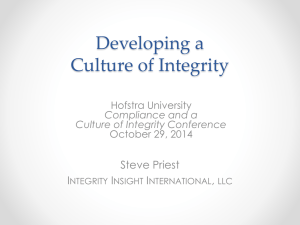
![Action Plan Training for College of Education [Erickson Hall]](http://s3.studylib.net/store/data/006838784_1-e08201da1f024d72d03dde66b95777a5-300x300.png)
